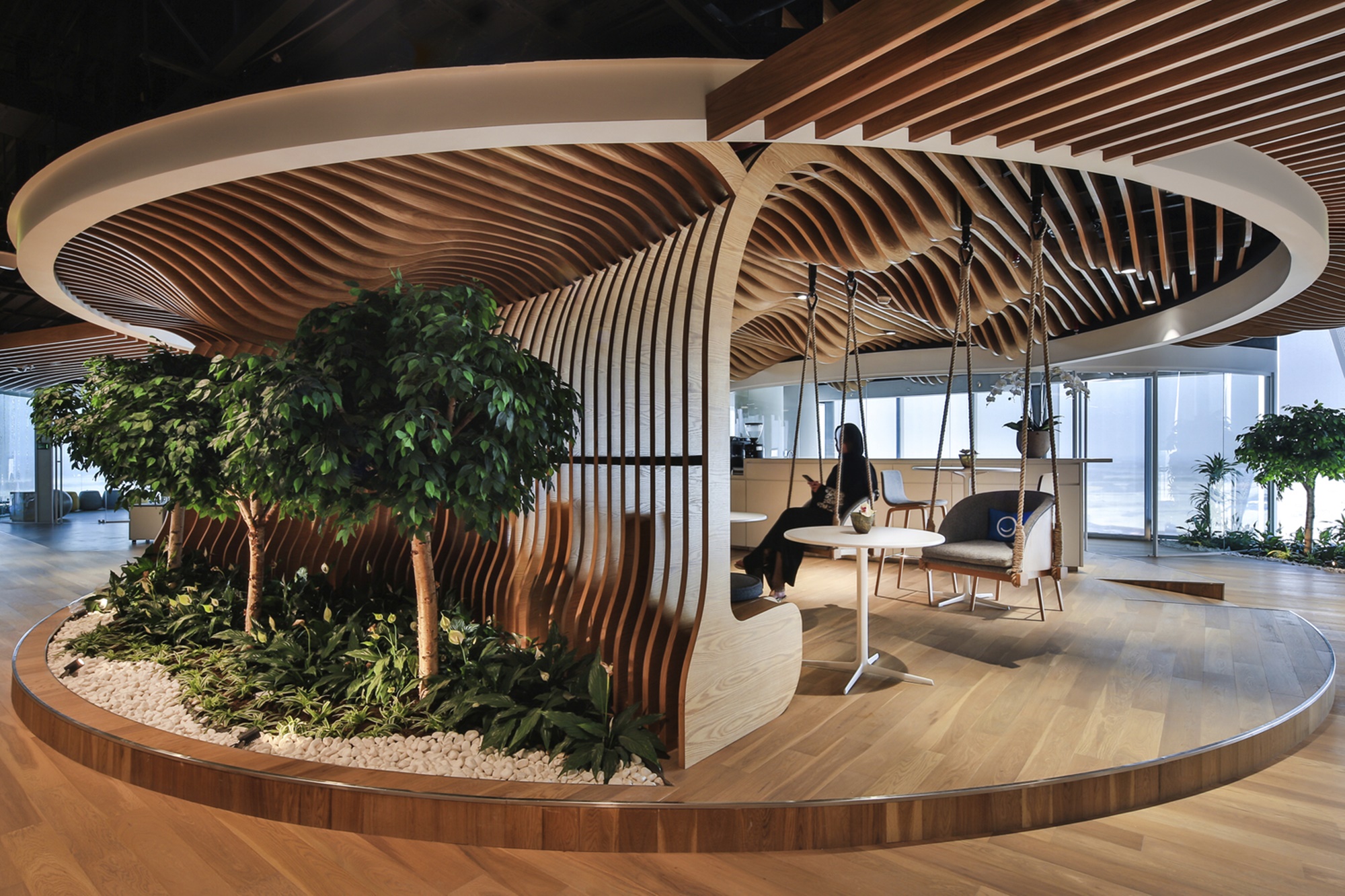
The Evolution Of The Home: How Global Trends Shape Domestic Spaces
Our homes have always been a reflection of our culture, lifestyle, and personal taste. As societies and technologies evolve, so do our domestic spaces. From ancient caves to modern high-rise apartments, the concept of a home has undergone significant transformations throughout history. In this article, we will explore the evolution of the home and how global trends continue to shape our domestic spaces.
The Early Dwelling: From Caves to Huts

Thousands of years ago, our ancestors sought shelter in caves. These natural formations provided protection from the elements and potential predators. As humans began to develop tools and acquire skills, they started building simple huts made from natural materials like wood and animal hides.
- Ancient caves provided natural protection and shelter.
- Simple huts made from wood and animal hides were the first man-made dwellings.
The Rise of Agrarian Societies and Permanent Residences

The advent of agriculture marked a turning point in human history. As societies transitioned from nomadic hunter-gatherers to settled farmers, permanent residences became necessary. Early farming communities constructed more durable dwellings using mud bricks and thatch roofs.
- The shift to agriculture led to the need for permanent residences.
- Mud bricks and thatch roofs were commonly used in early farming communities.
The Influence of Religion and Social Hierarchy

Religion and social hierarchy played a significant role in shaping domestic spaces. In ancient civilizations such as Egypt and Mesopotamia, temples and palaces were architectural marvels that showcased the power and wealth of rulers. Ordinary people lived in simpler homes, often built around courtyards.
| Ancient Civilizations | Main Features |
|---|---|
| Egypt | Pyramids, temples, and palaces |
| Mesopotamia | Ziggurats and grand palaces |
The Industrial Revolution and the Emergence of Urban Living

The industrial revolution brought about significant changes in the way people lived. Urban areas grew rapidly, fueled by the rise of factories and employment opportunities. Apartment buildings emerged to accommodate the growing population, leading to the birth of urban living.
- The industrial revolution led to rapid urbanization.
- Apartment buildings became a common housing solution.
Modernism and the Open Floor Plan

Modernism, with its emphasis on simplicity and functionality, had a profound impact on domestic architecture. The open floor plan, characterized by large, interconnected spaces, became a popular design choice. This layout promotes a sense of openness and allows for better interaction between family members.
- Modernism focused on simplicity and functionality.
- The open floor plan became a popular design choice.
The Digital Age and Smart Homes
In the digital age, technology has infiltrated every aspect of our lives, including our homes. Smart homes equipped with automated systems and connected devices have become increasingly popular. These homes offer convenience, energy efficiency, and enhanced security.
- The digital age brought automation and connectivity to homes.
- Smart homes offer convenience, energy efficiency, and enhanced security.
Summary
From humble caves to futuristic smart homes, the evolution of the home is a testament to our progress as a society. Global trends, such as the rise of agrarian societies, the influence of religion and social hierarchy, the industrial revolution, and the digital age, have all shaped our domestic spaces in unique ways. Understanding the evolution of the home provides valuable insights into the cultural, technological, and social developments of different eras. As we continue to advance, it will be fascinating to see how future trends will shape the homes of tomorrow.
/arc-anglerfish-tgam-prod-tgam.s3.amazonaws.com/public/U3XD7TR22JGFNFPHBWIFFVFAKA)